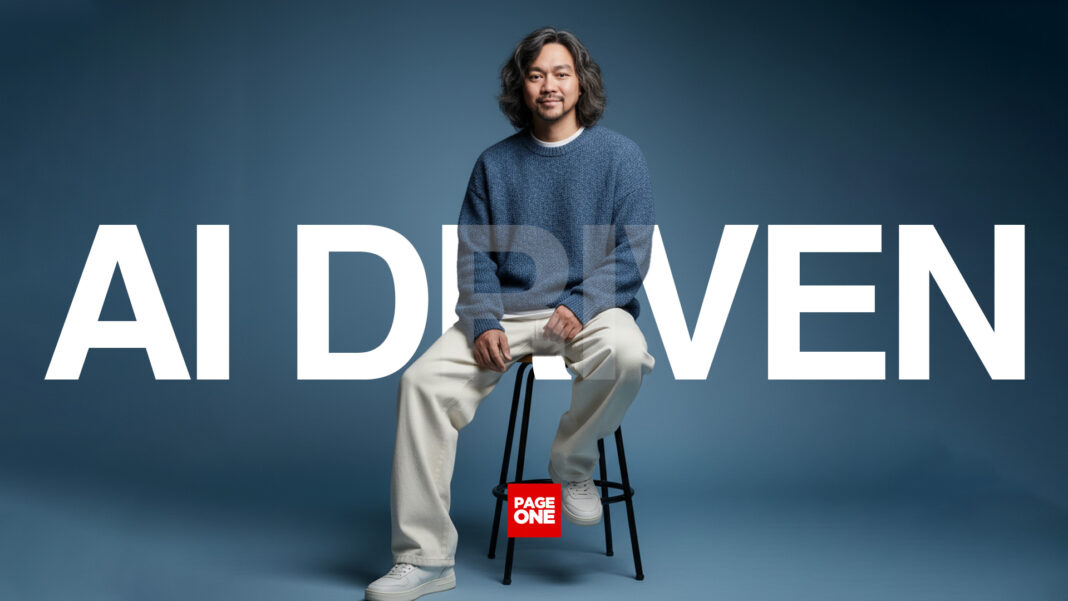Artificial Intelligence (AI) is no longer only a fantasy in sci-fi books and movies. It has come to life and is now a big part of our daily lives. Self-driving cars, voice assistants, and predictive analytics used to seem like cutting-edge experiments, but today they’re being used in everyday systems in many fields. AI helps doctors find diseases earlier than before, suggests the next show you should binge-watch, and makes sure your goods get to you on time. This modest but huge spread of AI heralds not simply another technological achievement, but also a change in society that will last for a long time.
The speed, flexibility, and wide range of this wave set it apart from prior advancements like the internet and cellphones. Past revolutions mostly affected how we talked to each other and got information. AI, on the other hand, changes decision-making, creativity, and problem-solving itself, which are the most important parts of human activity. Companies are utilizing AI not only to make things more efficient, but also to come up with new ideas and ways to connect with the environment, like new products and services. This generates two realities for people: one where they can gain power and one where they are worried about losing it. The question is not if AI will revolutionize our lives, but how ready we are to make the shift work for us.
Change in the Workplace
AI has the most effect on the workplace, and the developments happening here are both exciting and disturbing. For a long time, a lot of workers’ jobs involved doing the same thing over and over again, which took a lot of time. Now, these are the same tasks that are being automated with amazing accuracy. Software can make reports in seconds, look at millions of data points right away, and even write presentations that used to take hours of work by hand. This leads to a complete change in how we think about what makes work valuable.
In this new world, talents that are solely mechanical or repetitive are no longer as important. Instead, skills that are based on creativity, inventiveness, and empathy are becoming more important. AI can create a business report, but it can’t encourage a team through a crisis like a person can. It might be able to guess how people would act, but it can’t really understand the cultural differences that affect how people make choices. These differences show that human workers have a lasting advantage: they can connect in meaningful ways, think beyond numbers, and lead with values.
This means that workers need to change who they are right away. Digital literacy is becoming a basic ability, not an option. People who learn to work with AI instead of against it will feel more in control and be able to focus on coming up with new ideas, solving problems, and thinking strategically. Leaders need to rethink how they measure performance, design jobs, and set up teams on the organizational side. A modern workplace is more than just a group of people; it’s an ecosystem where people and machines work together. The biggest issue for AI-driven workplaces will be finding a balance between efficiency and humanity.
Effect on Human Behavior
AI affects more than just the workplace; it also changes how people think, act, and interact with each other. Even if it may not seem like it, AI is always there in tools and platforms, and it affects how we act. Your phone suggests what you might want to text, your music app makes playlists based on your mood, and your social media feed tells you what stories you might want to read. Each of these “conveniences” also has an effect on how people think, what they like, and even what they believe.
This dynamic gets considerably stronger in professional contexts. Workers might trust the “objectivity” of discoveries made by AI more than the gut feelings of their more experienced coworkers. A hiring manager shouldn’t only accept a recruitment platform’s ranking of prospects based on data, for example. One of the biggest problems with behavior in the AI age is the conflict between machine-driven reasoning and human judgment. Trust will be very important. If workers and managers regard AI as a partner instead of a replacement, they will be able to use it easily when making decisions. But if doubt is the main feeling, companies may have trouble using powerful tools and meet pushback.
AI also changes the way people talk to each other. For one thing, technology makes it possible for people from different countries to work together. Real-time translation and smart scheduling technologies are already bringing together teams that might not have been able to work together because of language or geography. On the other hand, too much reliance on machine-mediated communication could damage real human connection. Picture a world where managers use AI-generated scripts to show empathy to an employee, or where friendships are kept alive more by algorithmic reminders than by real feelings. These possibilities show how important it is for leaders to make sure that human interaction, authenticity, and empathy stay at the center of an AI-driven world.
Getting ready for the AI Wave
People and businesses need to do more than just get ready for the AI wave; they also need to change their culture and way of thinking. Adaptability is the most important quality for each person. Skills will change, but the ability to learn, forget, and learn again will be what makes someone relevant in the long run. Lifelong learning will go from being a buzzword to a way to stay alive. Professionals who put money into learning new abilities, whether through formal schooling, online courses, or training at work, will do well in times of change.
Organizations have a similar duty. They need to put money into their people as well as new technologies. Employees will feel less threatened and more empowered if they have access to reskilling programs, open communication regarding AI adoption, and explicit ethical rules. A culture that encourages people to try out AI technologies instead of forcing them to use them will make the transition easier. Companies who are ahead of the curve are already establishing “AI literacy programs” so that all of their employees know what AI is, what it can do, and just as importantly, what it can’t do.
Also, governments and people who make decisions have a part to play. They need to come up with rules that keep workers safe, stop them from being taken advantage of, and deal with moral issues like prejudice in algorithms or the wrong use of surveillance technologies. Policies should also promote innovation and entrepreneurship, making sure that AI opens up new possibilities instead than making existing ones worse. If AI isn’t carefully watched, it might make the gap between people who have access to technology and those who don’t even bigger, making society more divided. But with proactive governance, it can be used to help everyone grow.
Riding the Wave with People
In the end, the AI wave can’t be stopped. We don’t have to choose whether or not to use AI; we have to choose how to fit it into our lives and ideals. Will it provide people more power by liberating them from boring, repetitive tasks and opening up new creative possibilities? Or will technology become a force that breaks up communities, makes people distrust each other, and causes a lot of people to move? The choices we make today—by workers, leaders, legislators, and communities—will determine the outcome.
By getting ready early, being flexible, and making sure that every AI strategy is based on human values, society can turn possible problems into progress for everyone. People shouldn’t perceive AI as a threat to their jobs; instead, they should see it as a chance to rediscover their best qualities, like creativity, empathy, ethics, and vision. The future of labor and society will not depend on how strong our algorithms get, but on how smart people are about using them.
The wave has come. We need to remember that robots can make us better at things, but it’s our choices, values, and connections that will determine the future we all live in.


